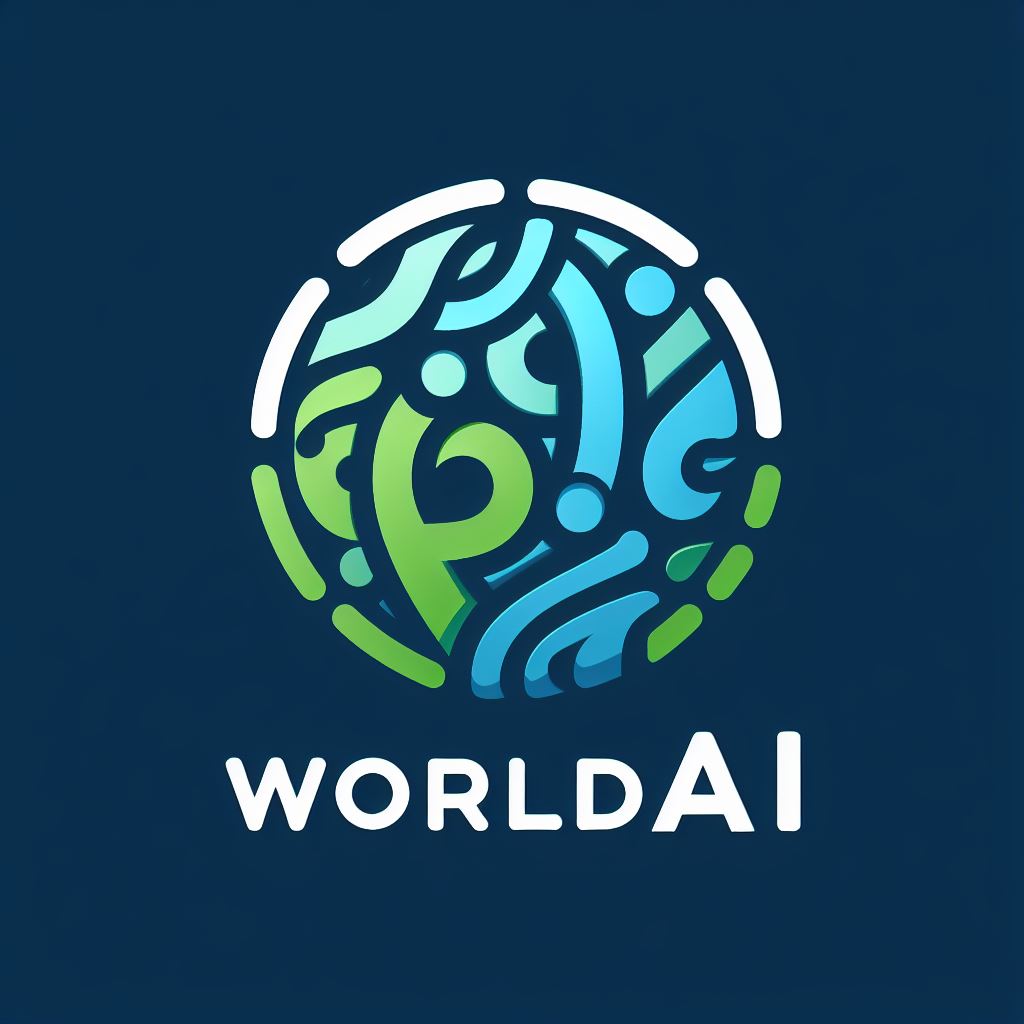One promising area is animal conservation. AI-powered tools can help track endangered species, monitor their habitats, and predict population trends. For example, drones equipped with AI can efficiently survey large areas, identifying animals and their behaviors. This data can inform conservation efforts and help protect vulnerable species.
AI can also improve animal welfare in agriculture. By analyzing data from sensors and cameras, AI algorithms can detect signs of illness or stress in livestock, allowing for early intervention and better overall animal health. Additionally, AI can optimize farming practices, reducing the need for antibiotics and improving the quality of animal products.
However, the increasing use of AI in animal-related industries also raises ethical concerns. For instance, the development of autonomous drones for wildlife management could lead to unintended consequences, such as disturbing animals or causing accidental harm. Moreover, the use of AI in animal research may raise questions about the treatment of animals and the potential for creating artificial life forms.
As AI continues to evolve, it is essential to consider the potential impacts on animals and develop guidelines to ensure that these technologies are used responsibly and ethically. By carefully considering the benefits and risks, we can harness the power of AI to create a more sustainable and compassionate future for both humans and animals.

